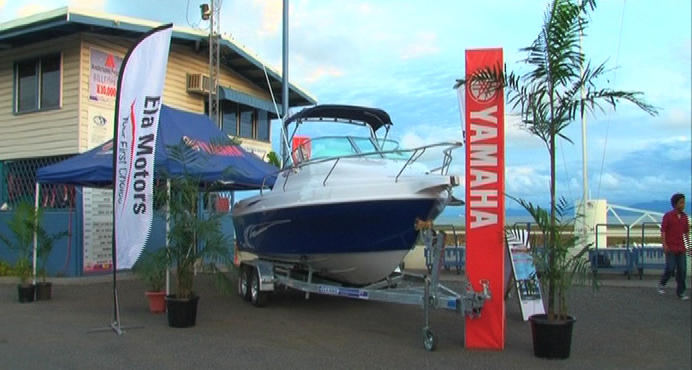Road is the main infrastructure that will improve the livelihood of the Baira people in the Obura Wonenera District of Eastern Highlands province.
This was revealed in a recent survey of the Coffee Livelihood Project carried out by the Coffee Industry Corporation (CIC), National Agricultural Research Institute (NARI), Curtin University and Commonwealth Scientific Industrial Research Organization (CSIRO) and funded by the Australian Centre for International Agricultural Research (ACIAR)
The project aims to improve the livelihoods of coffee smallholder farmers within Eastern Highlands Province. The 100 household’s survey comprised of socio-economic interviews and natural resources management (NRM). The socio-economic interviews were conducted with the farmers in the village or at their homes while the NRM included the inspection of the farmer’s coffee garden to see how nutrients are imported or exported out of the coffee garden.
Due to the challenging environment and limited market accessibility in Baira, income opportunities are limited thus the main income earner is coffee.
It takes 6-8hr to transport coffee by foot from the village to the main highway. The carriers are paid K40 for transporting 20-30kg of coffee parchment. Another K20 is charged for a 60kg parchment bag to be transported by the truck to Kainantu with a PMV fee of K5. Therefore the total transport cost per parchment bag is K105.00.
During a recent field work at Bira, it was a common sight to see a coffee farmer’s house stocked with 30-100 bags of 60kg coffee parchment waiting to be transported to town. To relieve themselves from the challenge of transporting these bags out to market, some farmers (especially elderly farmers) buy store food from small retailers within the village with coffee parchment or exchange coffee parchment bags for food and even use it for credit. For instance farmers exchange 10kg parchment for a live chicken which costs K30.
Despite the geographical challenge farmers’ face in transporting coffee and the high cost of transporting coffee to the nearest market, it has not impeded the spirit of the Baira people to plant and expand coffee gardens. On average, a farmer has five coffee gardens, thus production per household is higher than the other three sites surveyed.
The farmers farm coffee in two different altitudes. The coffee farmed out in the “Kunai” (grassland) which is at a lower altitude is called “Kunai” coffee while the coffee farmed up further towards the forest is called the “Bush” coffee. The Kunai coffee farms are harvested from April-May while Bush coffee is harvested from July-October. Therefore there is a slight seasonal difference in harvesting to processing, labour allocation and income earned.
Regardless of the challenges of farming coffee, the farmers are very keen in expanding their number of coffee gardens as they are very competitive against each other as to who will be the biggest coffee farmer within the area.


